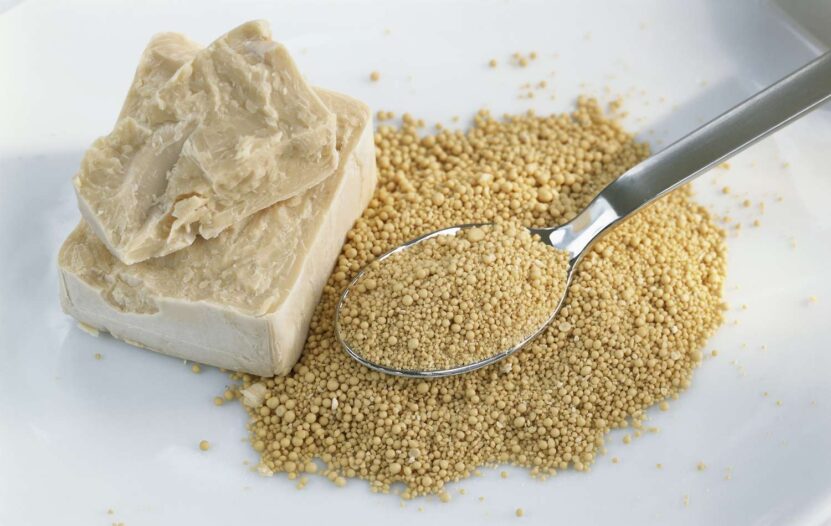Yeast, that magical little organism that has been the backbone of many culinary delights. From the fluffiest of breads to the most aromatic of beers, yeast has played a pivotal role in our kitchens and breweries.
You might have noticed those little packets of yeast sitting on the grocery store shelves, often called for in various recipes. But have you ever stopped to wonder just how much yeast is inside one of those packets?
Well, that’s precisely what we’re here to discuss today.
Its Role in Baking and Brewing
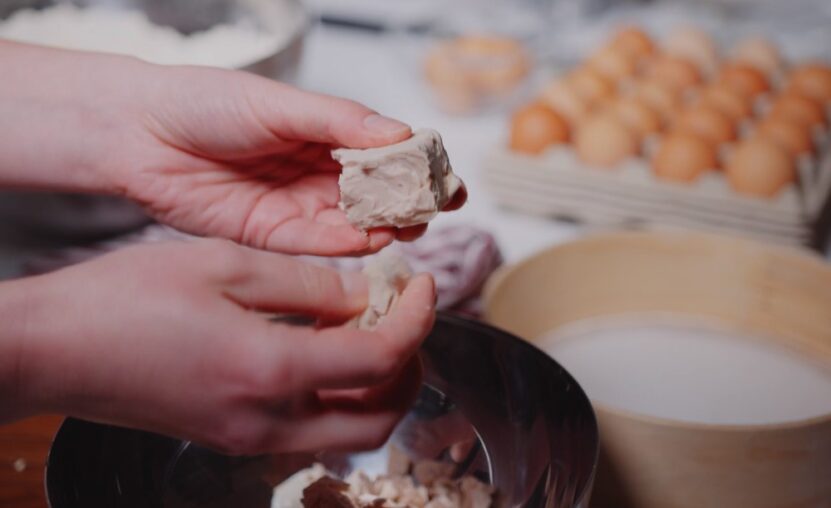
Yeast is a fascinating microorganism. At its core, yeast is responsible for fermentation, a process where it consumes sugars and releases carbon dioxide and alcohol. This is what gives beer its alcohol content and bread its rise.
When you’re baking, the carbon dioxide produced by the yeast gets trapped in the dough, causing it to expand and rise. This not only gives bread its volume but also contributes to its texture and flavor. In brewing, yeast helps convert the sugars in grains into alcohol, giving us the delightful beverages we enjoy.
Types of Yeast Packets
When you stroll down the baking aisle, you’ll come across various yeast packets. The most common types include active dry yeast and instant yeast.
Active dry yeast is granular and needs to be dissolved in water before use. On the other hand, instant yeast is finer and can be mixed directly with dry ingredients.
While both serve the same purpose, they differ in their activation process and how quickly they start the fermentation.
Typical Packet Sizes
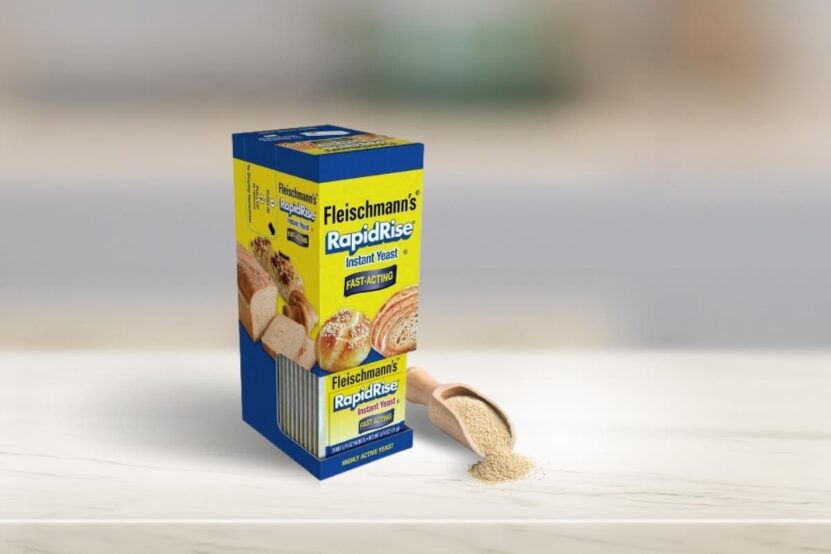
When you’re out shopping for yeast, you’ll notice that they come in various packet sizes. The most common size, especially in North America, is the 0.25-ounce packet, which is roughly equivalent to 2 1/4 teaspoons. This is the standard amount many recipes call for when making a typical loaf of bread.
However, yeast can also be purchased in larger quantities, like 1-pound bricks, especially for those who bake frequently or in bulk. It’s always a good idea to check the weight mentioned on the packet and adjust your recipe accordingly.
Yeast Measurements
Measuring yeast accurately is paramount to the success of your baking or brewing endeavor. Typically, recipes will specify yeast quantity in teaspoons or grams. While teaspoons are more common in household recipes, professional bakers often prefer the precision of grams.
It’s essential to be spot-on with your measurements because even a slight deviation can affect the rise of your dough or the fermentation process. Too little yeast, and your dough might not rise sufficiently; too much, and it could rise too quickly, affecting the texture and flavor.
Yeast Quantity in Packets
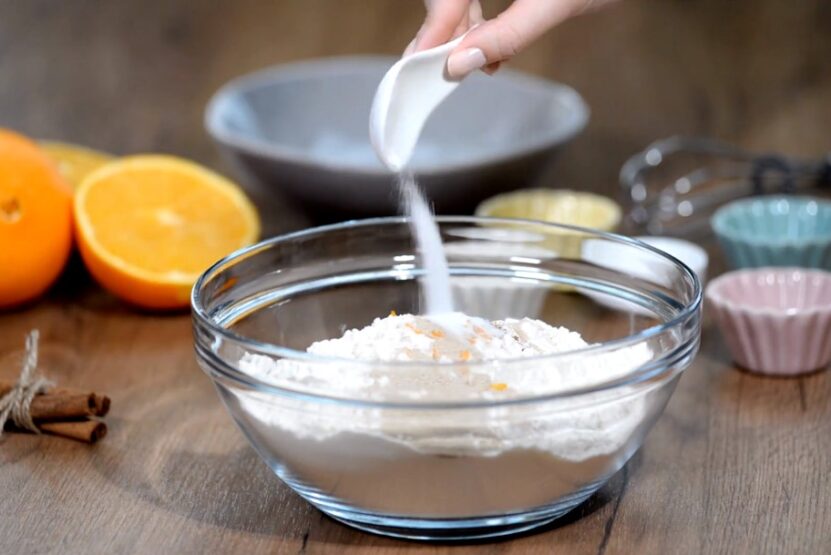
The quantity of yeast in packets can vary based on the brand and type of yeast. As mentioned earlier, a standard packet typically contains about 2 1/4 teaspoons of yeast.
It’s essential to be aware that different brands might have slight variations in the quantity. For instance, while one brand’s packet might contain exactly 2 1/4 teaspoons, another might offer a tad bit more or less.
Always read the label to be sure. Moreover, different types of yeast, like active dry, instant, or rapid rise, might have slight variations in potency, which can affect the quantity you’d want to use.
Factors Affecting Quantity
The quantity of yeast in a packet isn’t just a random number; several factors can influence it. One of the primary factors is the packaging method. Yeast is a living organism, and its viability can be affected by how it’s stored. Exposure to air and moisture can reduce the yeast’s effectiveness, which is why many manufacturers vacuum-seal their yeast to ensure longevity.
Another factor is the moisture content. Yeast packets with higher moisture content might weigh more but could contain fewer active yeast cells. This is because water adds weight but doesn’t contribute to the yeast’s fermenting power.
Moreover, the type of yeast itself can play a role. For instance, instant yeast and active dry yeast might have different densities and potency levels, leading to variations in packet quantity.
How to Adjust Recipes
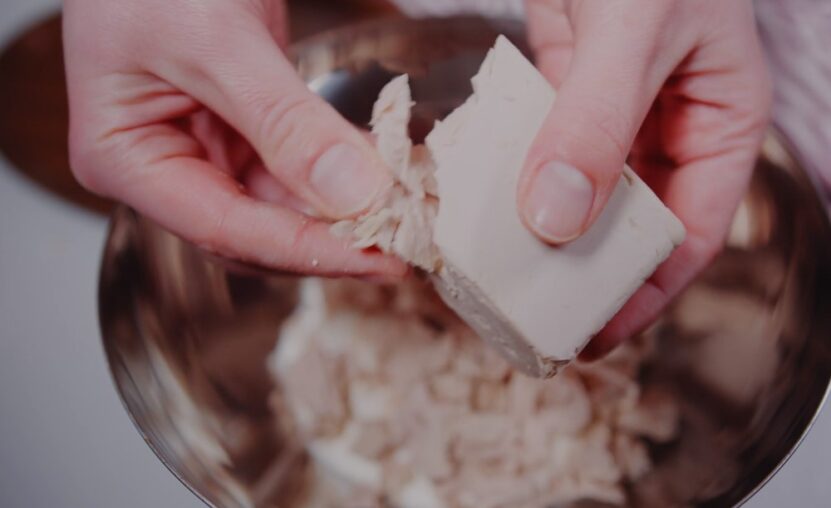
Adjusting recipes based on the yeast packet you have is more art than science. If you find that your packet contains more yeast than your recipe calls for, you don’t necessarily need to use the entire packet. Using too much yeast can lead to over-fermentation, resulting in a bread with a yeasty flavor. On the other hand, too little yeast might not give the desired rise.
For consistent results, always measure the yeast, even if you’re using a packet. If you’re switching between types of yeast, like from active dry to instant, remember that they might have different rising times. Adjust the proofing time accordingly.
Consumer Recommendations
Choosing the right yeast packet is crucial for successful baking. Always opt for a reputable brand; this ensures that the yeast is of high quality and will perform well. Check the manufacturing and expiration dates. Freshness matters! Yeast loses its potency over time, so always use it before its expiration date.
When buying in bulk, consider transferring the yeast to an airtight container and storing it in the freezer. This extends its shelf life and keeps it active for longer.
FAQ
Why do some recipes specify a type of yeast, like active dry or instant?
Different types of yeast have varying activation rates and potency levels. A recipe might specify a particular type to ensure consistent results, especially if the rising time and flavor profile have been optimized for that yeast type.
Can I use expired yeast in my recipes?
While expired yeast isn’t harmful, it loses its potency over time. Using expired yeast can result in dough that doesn’t rise adequately, leading to dense bread or baked goods.
How can I test the potency of my yeast before using it in a recipe?
You can perform a simple “proofing” test. Dissolve a teaspoon of sugar in half a cup of warm water (110°F). Stir in 2 1/4 teaspoons of yeast and let it sit for 10 minutes. If the mixture bubbles and rises, the yeast is still active.
Are there natural alternatives to store-bought yeast packets?
Yes, sourdough starters are natural yeast cultures cultivated from flour and water. They can be used to ferment and rise bread, offering a distinct flavor profile compared to commercial yeasts.
Conclusion
Understanding the quantity of yeast in packets and its importance is crucial for anyone passionate about baking or brewing. The right amount of yeast ensures that your bread rises perfectly and your beer ferments just right.
Remember, yeast is a living organism, and treating it right will reward you with delicious results. Happy baking and brewing!
